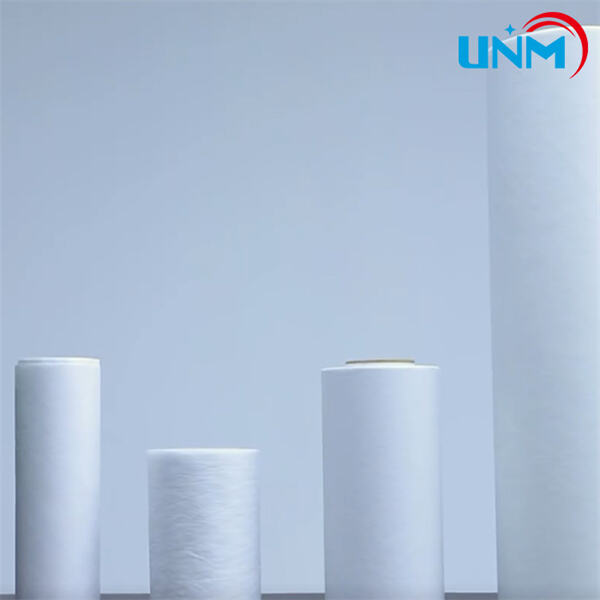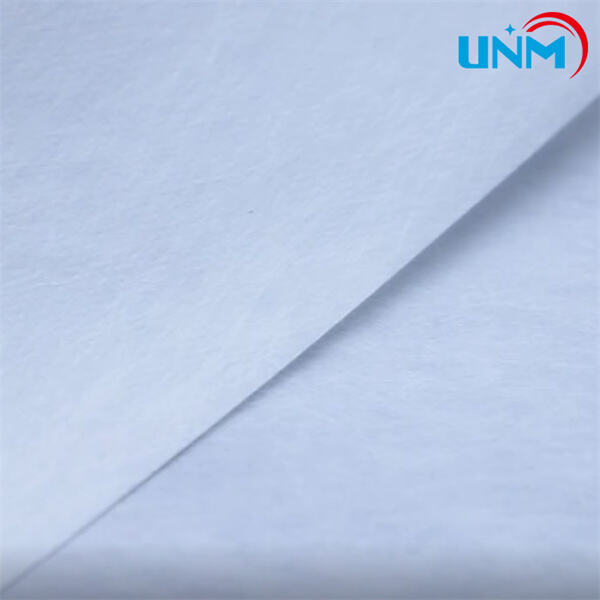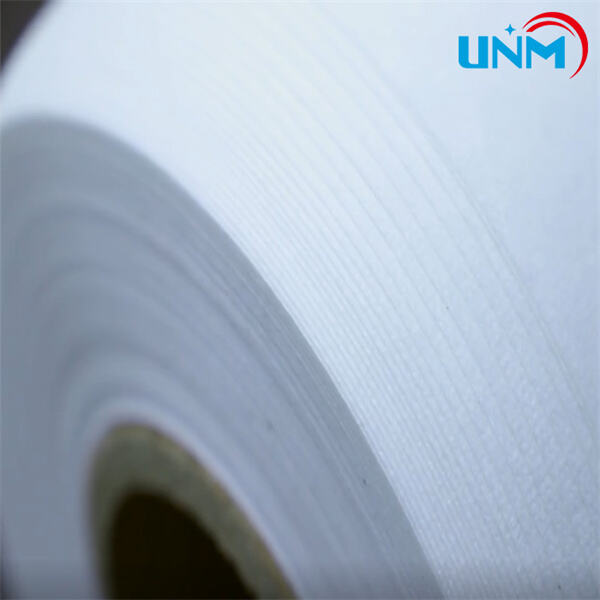EPTFE hydrophilic porous membrane is a unique material having enormous importance especially in the medical arena and beyond with its stunning properties. Since it possesses some great properties, it is used in a wide range of research areas including wound healing applications, drug delivery systems as well as water filtration processes.
The biocompatibility is one the remarkable properties of EPTFE membrane for medical purposes An ideal material for implants like vascular grafts, stents and heart valves because when it is introduced into the human body (thus after seeding with cells), there are no toxic consequences just everything what you see in tissues. Furthermore, the hydrophilic nature of graphene oxide also inhibits blood clotting (a serious drawback encountered in other implant materials).
This innovative material is made of ePTFE, a type of plastic with microporous structure. The myriad of tiny, joined-up micropores means fluids and gases can travel easily through the material - as can nutrients. In addition, due to the non-stick properties of its surface and poor adherence for biological molecules or cells, it is useful in a large variety of biomedical fields.
There are always new innovations in the world of EPTFE hydrophilic porous membrane hoping to improve it and broaden its application. For example, the development of electrospun EPTFE membranes has enabled processing of larger surface areas than traditional flat sheet pelletsignal capture.membranes. It allows a more efficient delivery of drugs and better gas or liquid filtration.

While useful for medicine, the sintered EPTFE hydrophilic porous membrane offers much to water filtration. It is effectively used in the filtration of water and other liquids because it has very high porosity and hydrophilic characteristics. This makes it a great resource for use in wastewater treatment, desalination, and water purification.

For the future, EPTFE hydrophilic porous membrane are becoming one of most promising materials in advanced wound dressings and tissue engineering. This type of wound dressings, which are made with this material enable the easy transfer of nutrients and oxygen to the site where healing is needed while at the same time preventing infection from unwanted pathogens. In addition, its high porosity and non-stick surface allows for the body to grow into as new tissue grows back so scarring is diminished.

As a scaffold material in tissue engineering, EPTFE hydrophilic porous membrane was used to provide conducive environments for new tissues. And it serves as a scaffold for cells to grow and differentiate into functioning tissue capble of replacing diseased or damaged organs or tissues.